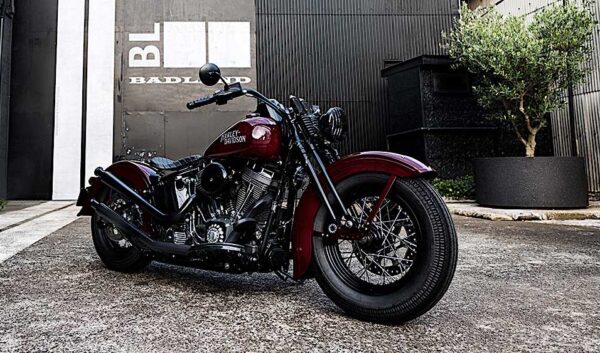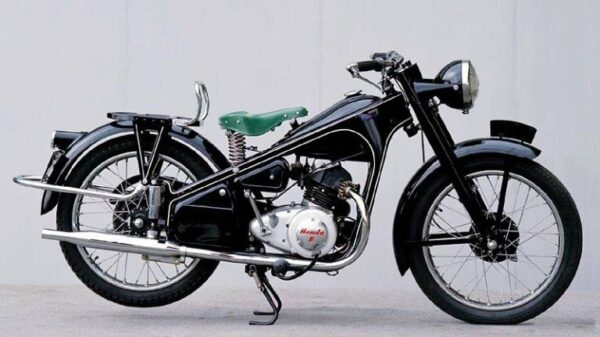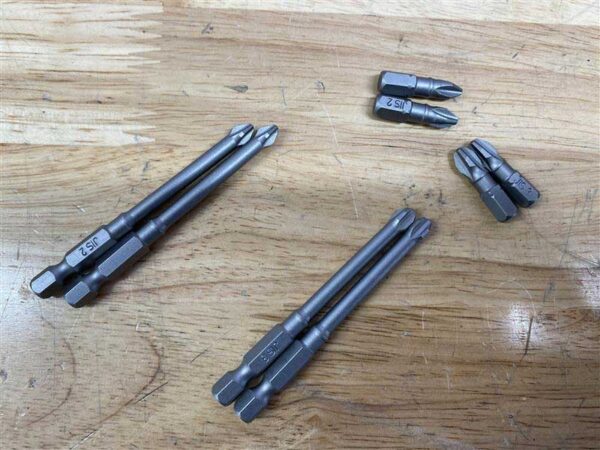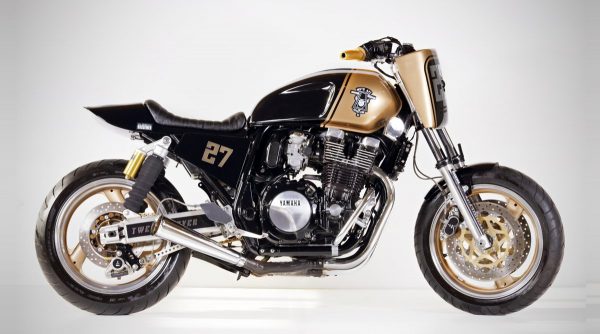Custom Harley-Davidson a Mesh of Parts with Old School Look
by Daniel Patrascu from https://www.autoevolution.com Fancy a modern Harley-Davidson with old-school looks? Look no further than this customized two-wheeler, coming to our screens all the way from Japan. What you’re looking at was initially a 2017 Softail. It somehow got into the hands and workshop of Japanese custom specialist Bad Land, and got turned into this amazing, old school look and feel motorcycle, christened by its maker Shishigaya Style No. 1. 2017 TwinCam Softail Slim BL Shishigaya Style Custom Specs Front & Rear Wheel : OEM 74″ Old Springer Fork STD. Length : W&W Cycles 74″ Old Springer Fork : Rocker arm / Modify by BAD LAND Front Fender : W&W Cycles / Modify by BAD LAND Headlight : OEM Headlight Grill : Rough Crafts Handlebar : W&W Cycles / Modify by BAD LAND Gasolie Tank : OEM / Modify by BAD LAND Front Fender : W&W Cycles / Modify by BAD LAND Rocker Cover : Ken’s Factory Cam Cover : Ken’s Factory T/M Side Cover : Ken’s Factory Exhaust : PAUGHCO / BAD LAND in One-Off Air Cleaner Cover : OEM / Modify by BAD LAND Paint : Naturally Paint And More… Like with pretty much all other builds signed by Bad Land, this one too is a remarkable collection of custom parts coming from a variety of shops, and made to fit together in an amazing and elegant way. Sitting inside the frame to power the beast is a Screamin’ Eagle 110 monster of an engine that breaths through a Paughco exhaust system. The engine spins OEM front and rear wheels, and gets its fuel from an equally OEM tank, massaged into a different form by Bad Land. Also original equipments are the headlight and air cleaner (it too modified), but that’s about it, the rest is aftermarket. […]
Custom Harley-Davidson a Mesh of Parts with Old School Look Read More »








